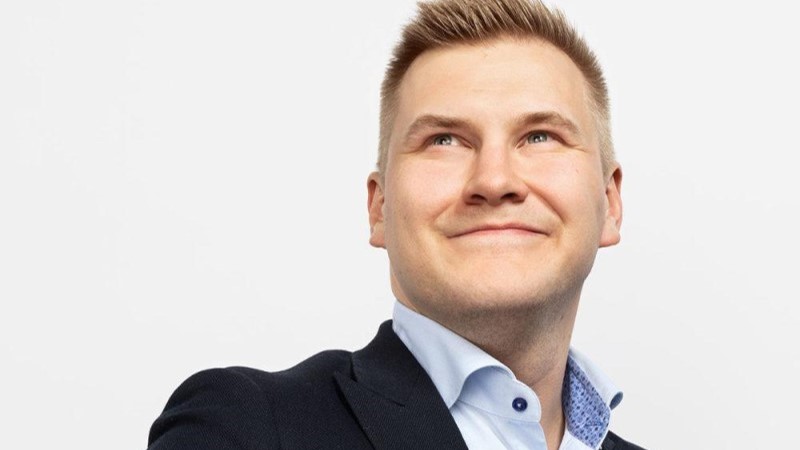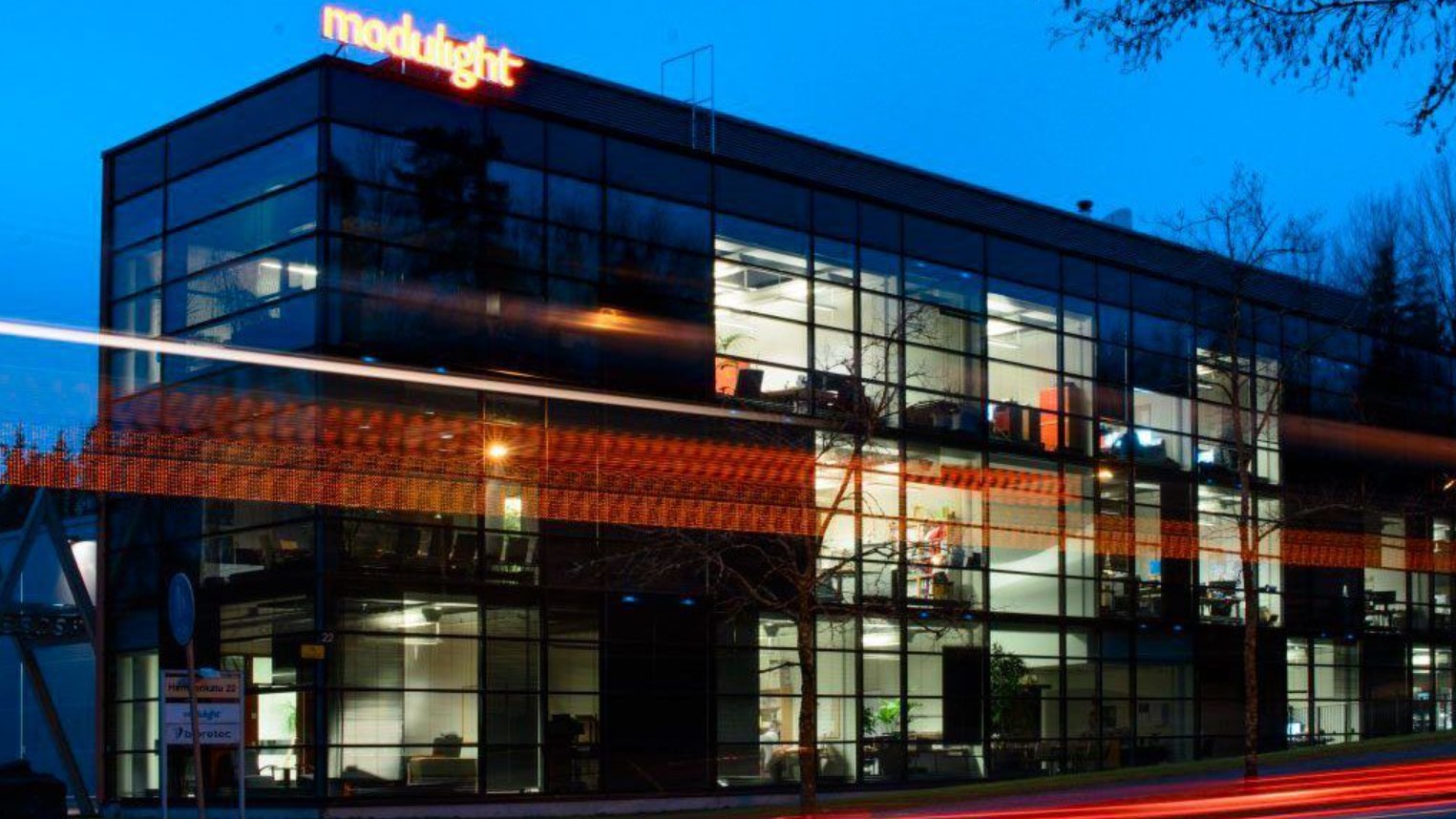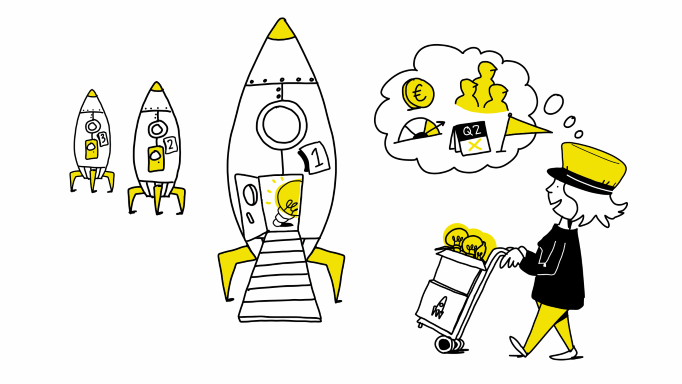Framery is one of the most interesting internationally growing Finnish companies. Framery, a company that manufactures telephone booths in its own factory in Tampere, has grown rapidly from few million to a scaleup earning more than a hundred million euros. 90% of the company's turnover comes from its international market; Framery exports their products to more than 70 countries. What is the secret behind Framery’s rapid internationalisation?
FIRST STEPS IN ENTERING THE INTERNATIONAL MARKET
‘Our situation at the beginning of the internationalisation process was different from many other companies because we were practically approaching a non-existent market. Market research did not help us, because at the time, our potential clients didn’t even know that they needed telephone booths’, Samu Hällfors explains. From the start, Framery wished to enter the global market, making the construction of a retail channel a clear go-to-market strategy decision. The markets in the target countries of Framery were highly locally based, so sales and maintenance services had to be designed in close proximity to clients. Instead of thorough market research, the company made a rough estimate of the market potential, regarding, for example, wage levels in the market, presence of other sectors and population density, followed by directly testing the market with retailers.
Framery initially encountered some challenges when trying to find retailers because the brand had not yet achieved traction and, as of yet, there was no strong client demand for the product. ‘We also made some wrong assumptions in the beginning. It is easy to think that appearing in the product portfolio of a big player will give you access to the market. But this was not the case’, Samu adds.
ONE SMALL BUT COMMITTED PLAYER IS BETTER THAN A HUNDRED NON-COMMITTED ONES
“‘In the beginning, we humbly accepted all the retailers we could find. The good thing was that we quickly gained some experience in the market, but of course this also led us to some suboptimal structures and partners’, Samu continues. Framery’s most successful market entries have occurred with microscopically small retailers who invest 80-100% of their time on Framery’s products; ‘man and van’ services, as Samu calls them. With large retailers, vendors’ compensation is built on the sale of existing products to specific target clients. It’s very hard to get one’s foot in the door in such situations.
‘Small retailers don’t have enough funds yet, so their livelihood depends on your product’, Samu explains. A high level of commitment can drive a product forward and increase demand. A hundred distributors may sound good on paper, but one committed distributor is probably better than a hundred non-committed ones.
You must also be present in your target market. This will facilitate entry into the market. You should put your own employees in the office with your distributor. ‘At first, it may seem pointless, especially from the perspective of the employee, who might ask what they are doing there. My answer to this is that your role is to become part of the furniture, to be present. It usually doesn't take long for a distributor to learn to take advantage of our type in client cases, and so we can start building a market together’, says Samu.
After your product starts to sell and you have been building a brand in the target market for a couple of years, even the big players will start knocking on your door. ‘It has been an honour for us to stay loyal to the partners with whom we’ve built our market. Short-sightedness always backfires in the end, but most of the time you can expand the distribution network without sacrificing your relationship with your first retailer in the market’, Samu continues.
AIMING EVEN HIGHER
The corona crisis hit Framery’s revenue in 2020, pushing it down from about 100 million to 80 million. However, Framery is aiming high, and the company’s Bold Promise is to grow and innovate in order to move up into 200 million. The corona crisis forced the company to postpone its projects, but not to cancel them. ‘After the corona crisis, we are expecting a spike in demand when office spaces are adjusted to fit the new normal. 2022 will be a tough year’, Samu concludes.
Kasvuryhmä members' insights regarding internationalisation:
Separate the wheat from the chaff. Identify the retailers who are interested in investing in the sale of products. Big retailers sell products that generate profits with the least effort. If your company doesn’t have a well-known brand or market-driven products, harnessing a big retailer to increase your growth can be a challenging task.
Know your market. Regional sales and end-user data will tell you whether your clients are naturally drawn to your product or whether sales are the result of the retailer's efforts. If your products sell without help from the retailer, we are talking about a very potential market. If a retailer is putting in their best efforts, but doesn't manage to sell many products, there may be structural issues in the market that hinder the process.
Look and feel the best in the world! Be bold and start building a premium brand for your business. Invest in the best stand at the global trade fair and talk about your product as if it were the best in the world. What you say out loud will often become reality.
You will need 70% luck and 30% hard work to succeed in the international market.’ Grab any opportunity and accept opportunities for cooperation with an open mind.
Find out more about the Kasvuryhmä method






